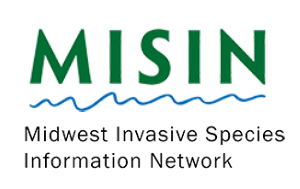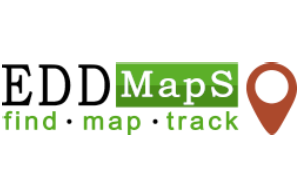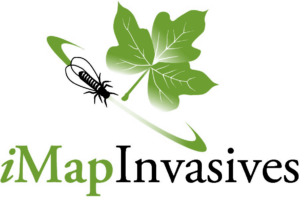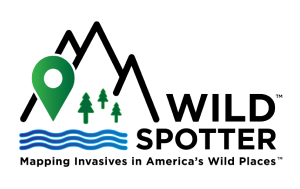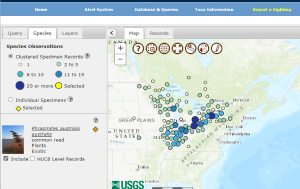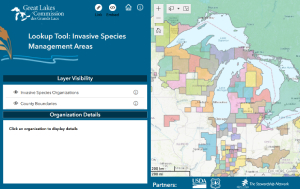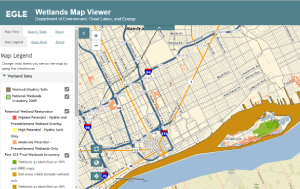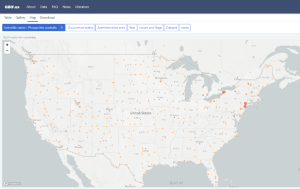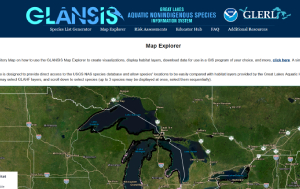Monitoring & Management
European Frog-bit Reporting
Whether you are a manager, researcher, or an interested individual there are a variety of tools you can use to map, monitor, and/or report European frog-bit and other invasive species. There are also easily accessible mapping tools for those working in Great Lakes wetlands or who want to find invasive species organizations.
For each tool below we have identified its target audience and its potential uses but note that these may not apply in all cases—most tools are useable by anyone who is interested! Note that asterisks (*) denote aspects of tools that may only be accessible through payment, group membership, participation in special programs, or limited-service areas.
Are we missing a tool you think we should add? Let us know!
Resources & Publications
Twitter Image: Protect Habitat
European Frog-bit Collaborative
Twitter Image: Preserve Habitat
European Frog-bit Collaborative
Standard Treatment Impact Monitoring Protocol
European Frog-bit Collaborative
